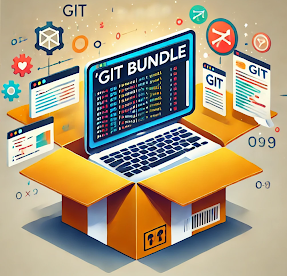TIL - Git bundle TIL, Today I Learned, is more of a "I just figured this out: here are my notes, you may find them useful too" rather than a full blog post
The git bundle [1] subcommand has been around for many years but is something I came across quite recently.
The command allows you to create, unpack, and manipulate bundles files, which are used to share git repositories without an active server.
